Max Verstappen was aware going into the Miami Grand Prix that he would have to run the less optimal strategy compared to teammate Sergio Perez.
A mistake in his first timed lap in Q3, followed by the late crash by Charles Leclerc, meant that Verstappen had to start down in P9 while Perez was on Pole Position.
All of the data from the simulations, and indeed on Pirelli's strategy predictor, had a one-stop down as the most optimum strategy. The quickest method was to start on the Medium's first, but according to Horner the alternative strategy was favoured by Verstappen given the chances of a Safety Car.
"We felt that from a simulation point of view, the Medium/Hard was the quickest strategy, hence why obviously he [Perez] took that strategy for the race," explained Horner to media, including RacingNews365.com.
"Max was keen to run the alternative strategy starting on the Hard which - certainly in the simulation world - wasn't quite as quick but it benefitted if there was a Safety Car in the latter part of the race."
Verstappen makes use of Hard tyre pace
Initially it looked like the tyre gamble was going to lose Verstappen time at the start, as he fell behind Esteban Ocon and Valtteri Bottas.
He picked up the pace from there, making his way past the pair then pulling off what looked like an easy double overtake on Charles Leclerc and Kevin Magnussen - the Ferrari driver would later spend the next 40 laps behind the Haas driver.
When the gap to Perez dropped below five seconds, Verstappen put in the fastest lap of the race until he was within that crucial pit window time. When Perez pitted on Lap 21 he was within 17s of Verstappen, with the pair then trading fastest lap times in the 1:31s as the Dutchman was told the "effective track position" by his engineer for after his pit stop.
Perez got as close as 15s before an unforced error on Lap 39 caused him to lose half-a-second to Verstappen, all of a sudden those effective gaps went from "plus" to "minus."
By contrast there was not a lot of coaching for Perez from his engineer as the Mexican was told the "magic number" was to keep the gap to 19.8s after his stop, according to Horner.
"Checo was very clear on what the pit [gap would be]. 19.8 seconds was the magic number and he was getting every single lap the gap to Max," explained Horner.
"So long as he knows Max is within that 19.8, he knew he was behind him and could obviously work out if he was 16 seconds behind, then there's three seconds between them."
Horner explained that those laps from Verstappen on 20-lap older tyres is where the race was won and lost for the Dutchman, as it enabled him to emerge on the Medium's with just 1.7s between them.
"Then the real crux of the race was Checo pitted on Lap 20, the next 22 laps from Max on the Hard tyre was basically a race against a stopwatch," he said.
"On 20 lap-older tyres, that's where he was truly impressive to match the lap time - and sometimes better - the lap times of what Checo was able to do, that was where he won the race."
Hard tyres better for opening stint
Pirelli Motorsport Director, Mario Isola, believes the choice from Verstappen to run the alternate strategy was a key factor in how he managed to pass beat Perez.
Isola agreed that Verstappen had the pace to challenge for the win either way, but running the Hard tyre first was marginally faster due to the fuel loads.
"Both strategies were working well. The Hard at the beginning and the Medium at the end was slightly faster because you have the most consistent tyre in the first part of the race when the car is heavy and the Medium is working better with a lighter car," said Isola.
"The difference is very small. The Hard was super consistent, I was checking the fuel-corrected degradation for Max during the stint and it was 0.003 - so I would say zero!"
Head to head between Laps 20 and 41
| Lap | Verstappen | Perez |
|---|---|---|
| 20 | 1:31.533 | 1:32.203 |
| 21 | 1:31.864 | 1:32.351 |
| 22 | 1:31.446 | 1:32.267 |
| 23 | 1:31.444 | 1:31.906 |
| 24 | 1:31.587 | 1:32.126 |
| 25 | 1:31.852 | 1:31.919 |
| 26 | 1:31.597 | 1:31.922 |
| 27 | 1:31.583 | 1:31.829 |
| 28 | 1:31.490 | 1:31.776 |
| 29 | 1:32.111 | 1:31.820 |
| 30 | 1:31.383 | 1:32.484 |
| 31 | 1:31.791 | 1:31.627 |
| 32 | 1:31.410 | 1:31.293 |
| 33 | 1:31.326 | 1:31.481 |
| 34 | 1:31.192 | 1:31.430 |
| 35 | 1:31.435 | 1:31.225 |
| 36 | 1:32.314 | 1:31.384 |
| 37 | 1:31.755 | 1:31.268 |
| 38 | 1:31.640 | 1:31.199 |
| 39 | 1:31.506 | 1:31.444 |
| 40 | 1:31.314 | 1:31.288 |
| 41 | 1:31.214 | 1:31.004 |
Most read
In this article
F1 2023 Miami Grand Prix RN365 News dossier
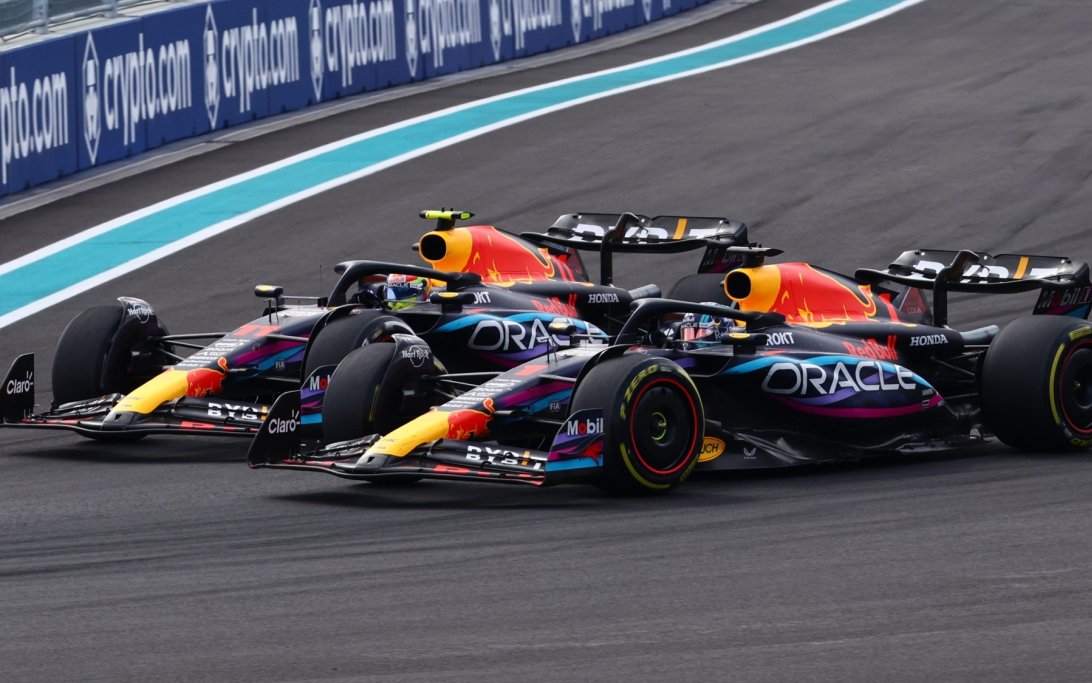
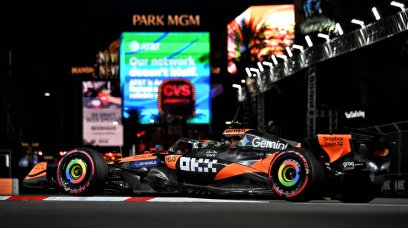
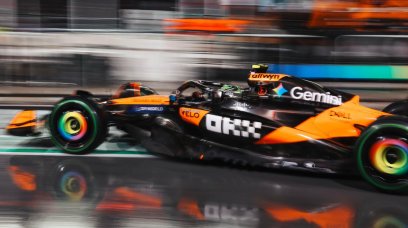

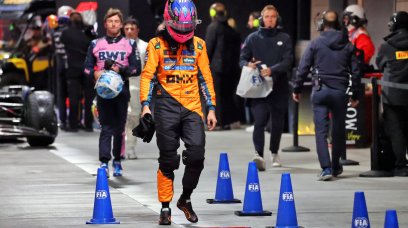
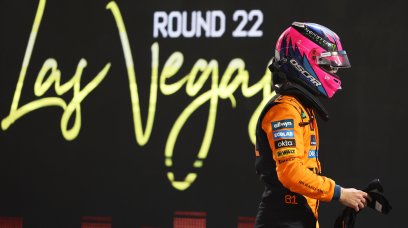
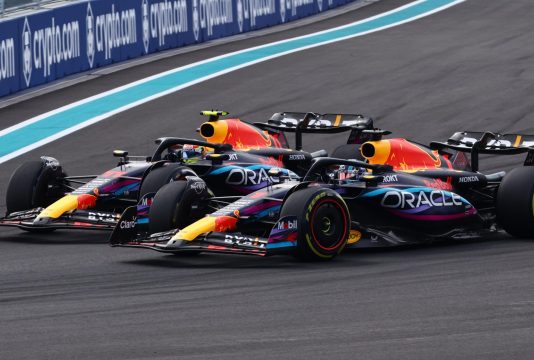

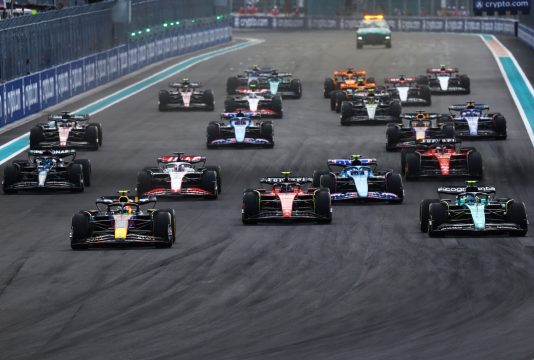

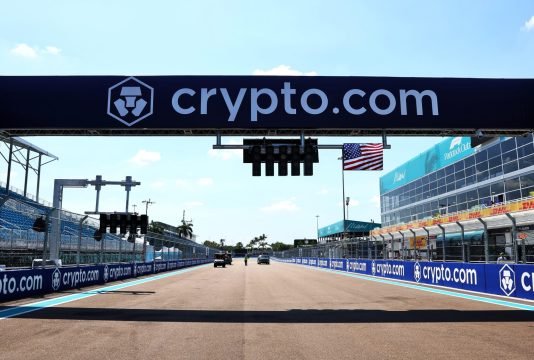
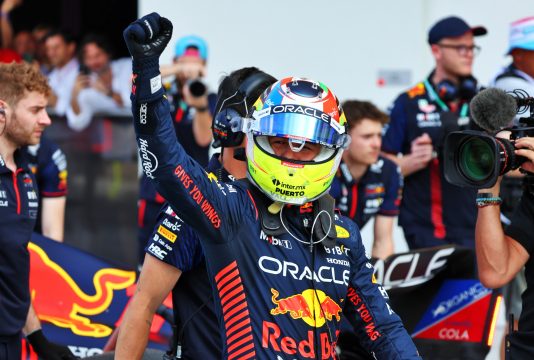
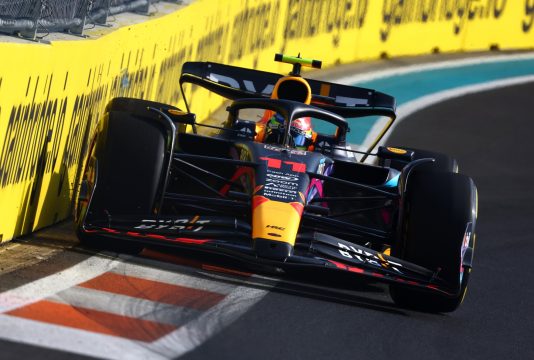
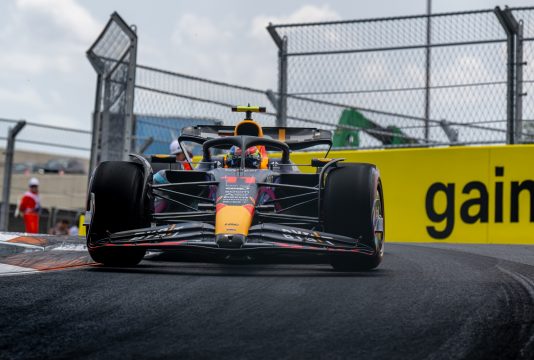
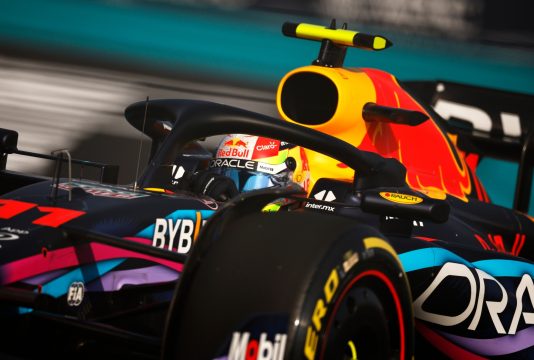
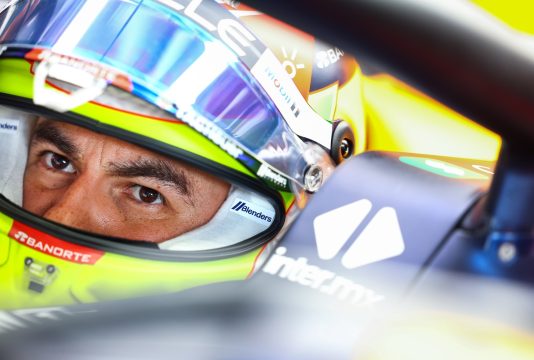
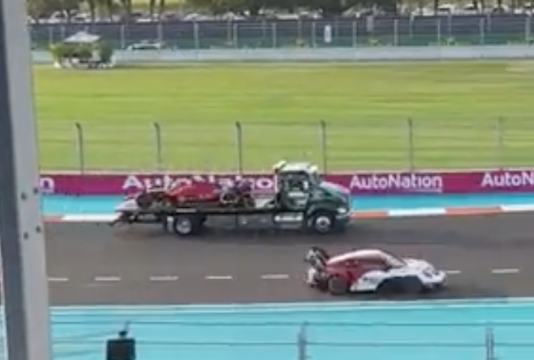
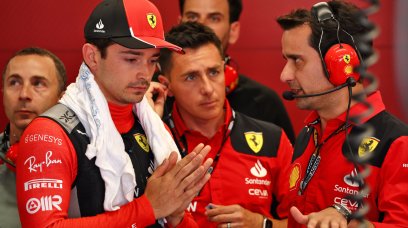
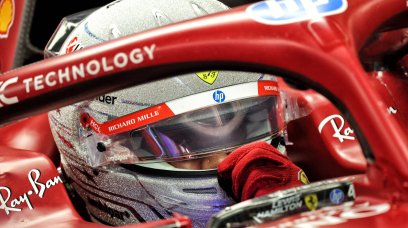

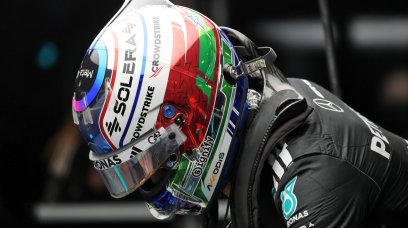












Join the conversation!